Photos: Freedom 7, America's 1st Human Spaceflight
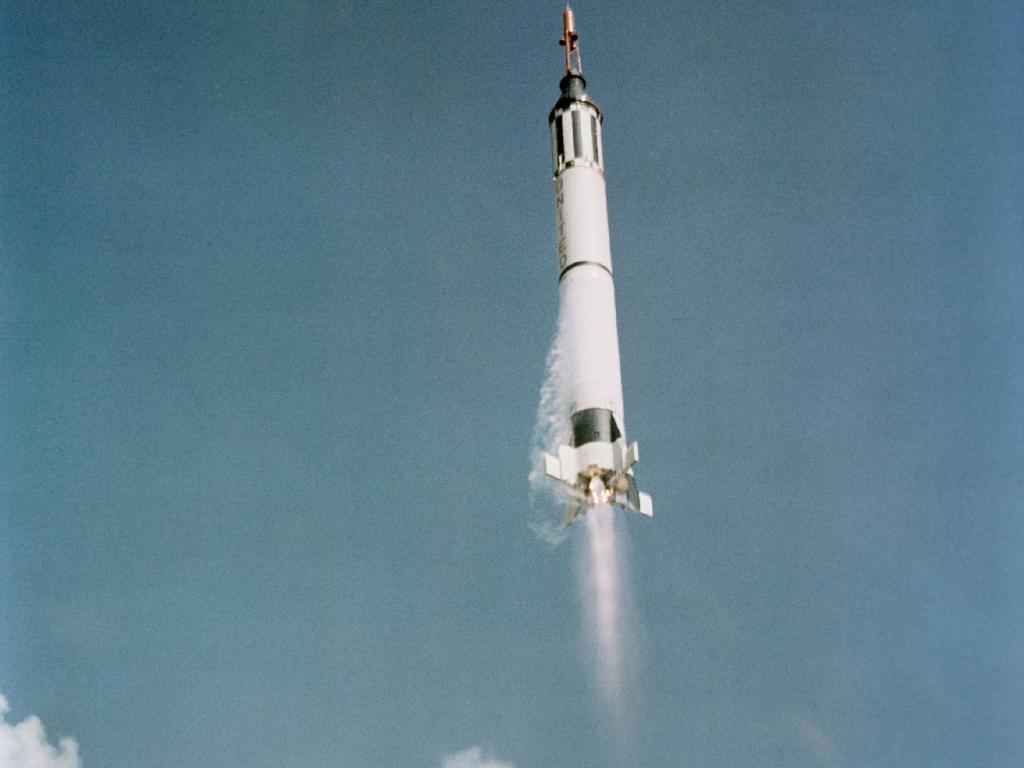

The Trajectory
Fifty years ago on May 5, 1961 only 23 day after Yuri Gagarin of the then-Soviet Union became the first person in space, NASA astronaut Alan Shepard launched at 9:34 a.m. EDT aboard his Freedom 7 capsule powered by a Redstone booster to become the first American in space. His historic flight lasted 15 minutes, 28 seconds.
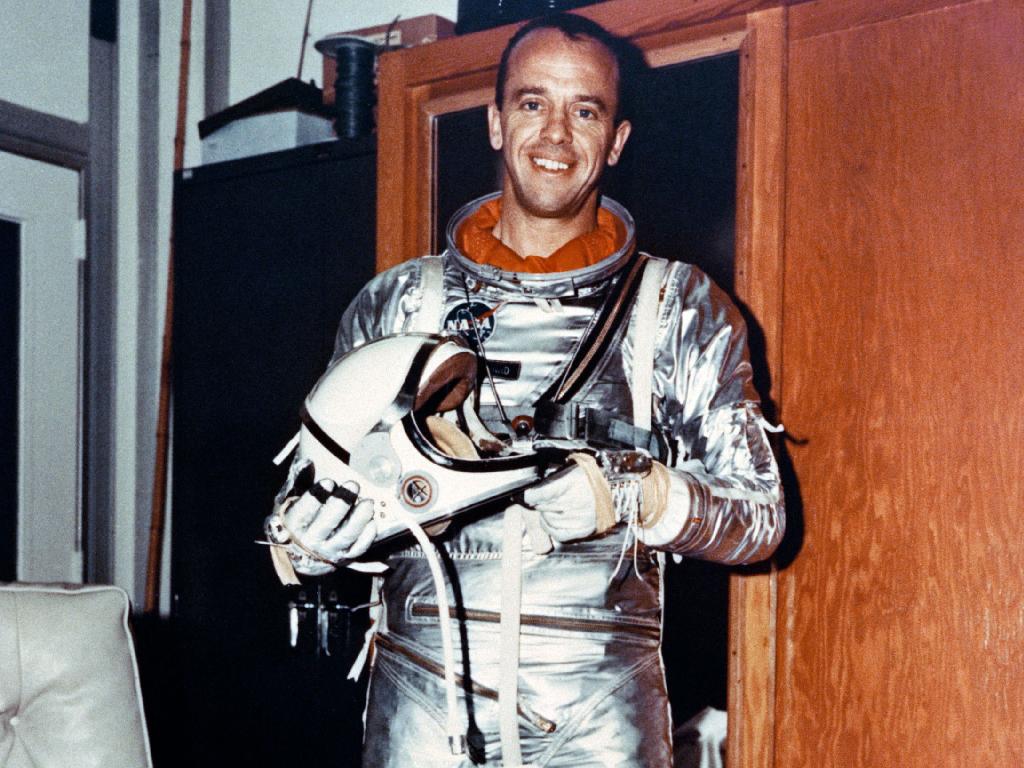
Put on Your Best Suit
Astronaut Alan B. Shepard Jr., posing here in his Mercury flight suit, was born in New Hampshire in 1923. After graduating from the U.S. Naval Academy in 1944, he served in World War II and became a Navy test pilot. His May 5, 1961, launch from Cape Canaveral, Florida, on a suborbital mission was the first U.S. manned spaceflight.
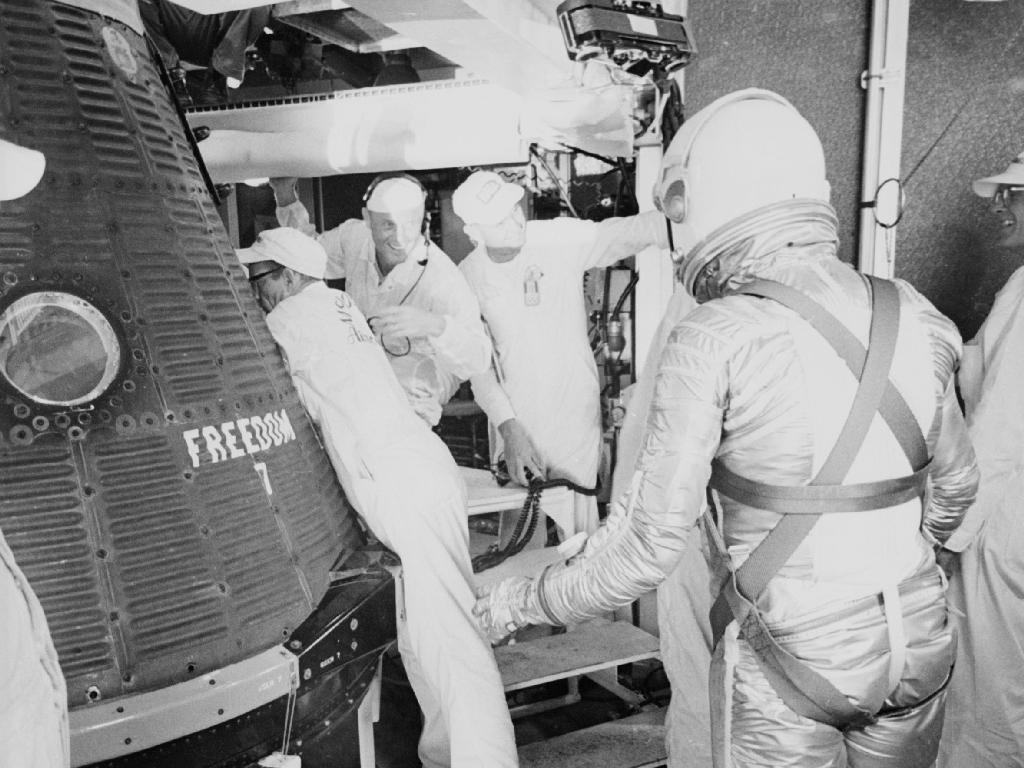
Let's Go For a Ride
Astronaut Alan B. Shepard Jr. approaches his Freedom 7 capsule, ready to climb in for his historic launch on May 5, 1961.
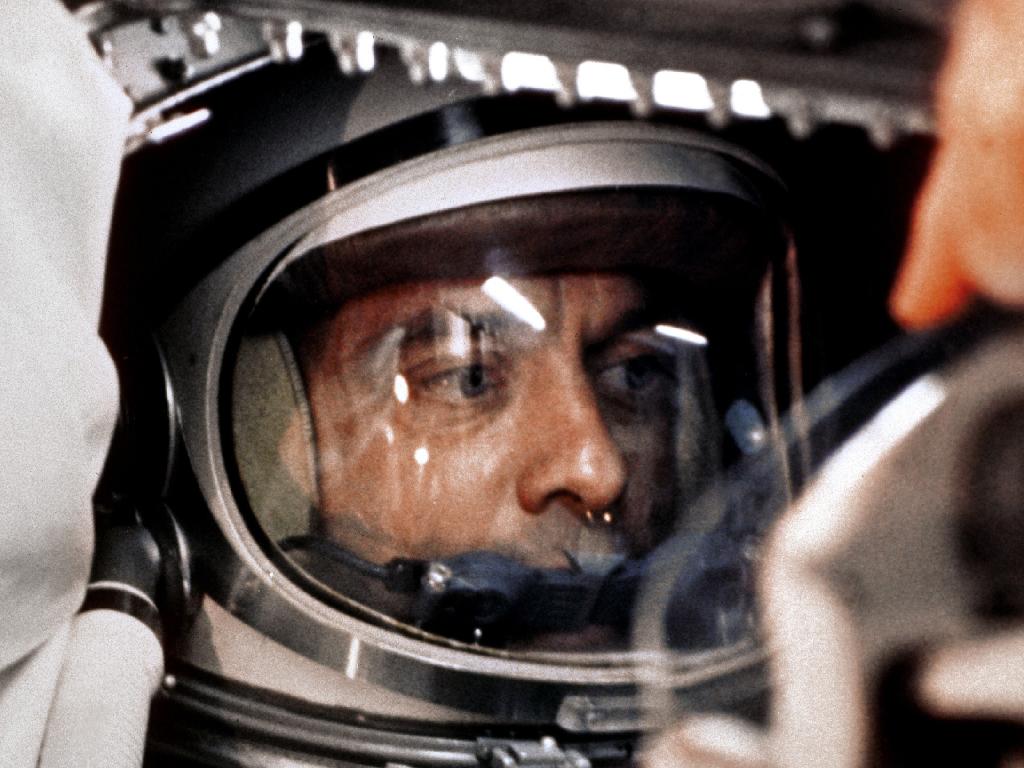
"Light This Candle"
Astronaut Alan B. Shepard, Jr. sits in his Freedom 7 Mercury capsule, ready for launch. Just 23 days earlier, Soviet cosmonaut Yuri Gagarin had become the first man in space. After several delays and more than four hours in the capsule, Shepard was ready to go, and he famously urged mission controllers to ''fix your little problem and light this candle."
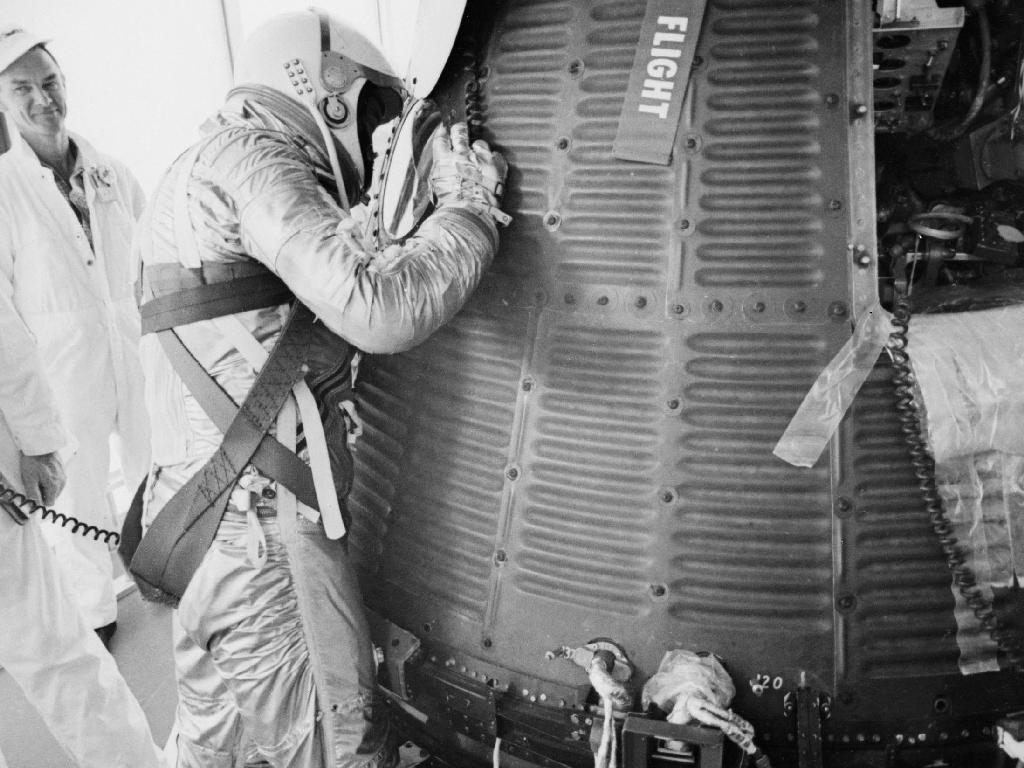
Checking It Out
Astronaut Alan B. Shepard Jr., peers into his Freedom 7 Mercury capsule before launch on the morning of May 5, 1961.
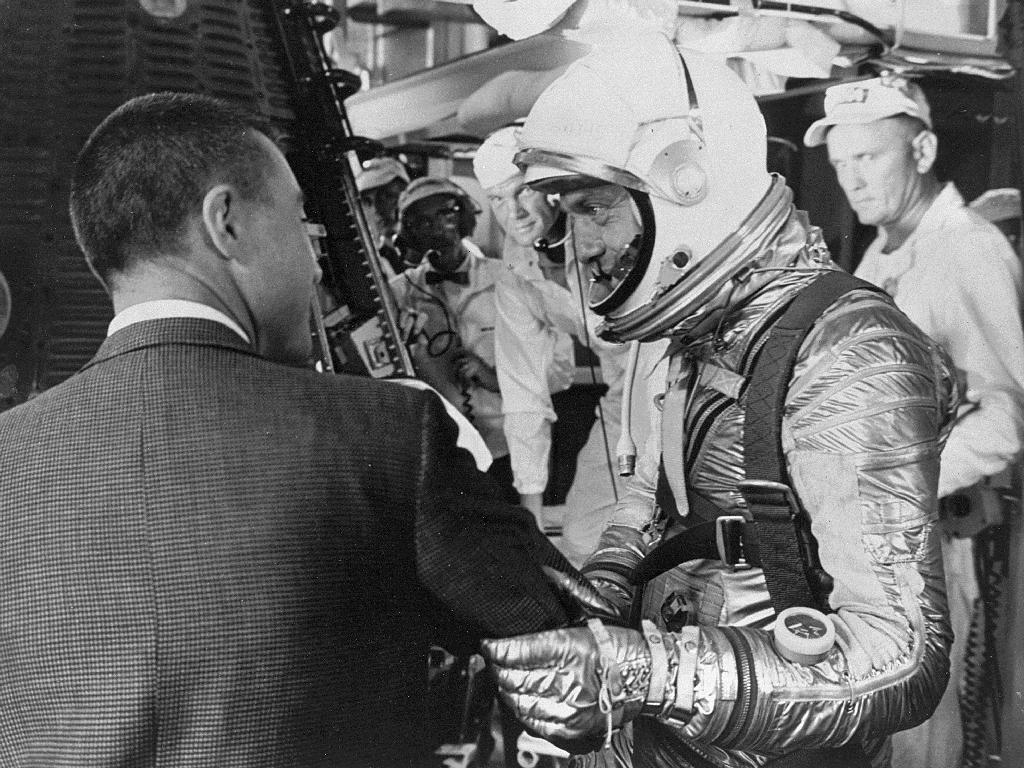
Have a Good Trip
Fellow Mercury astronaut Gus Grissom (in suit) wishes Shepard good luck as he gets set to climb into his Mercury capsule, dubbed Freedom 7, on the morning of May 5, 1961. Glenn looks on in the background.
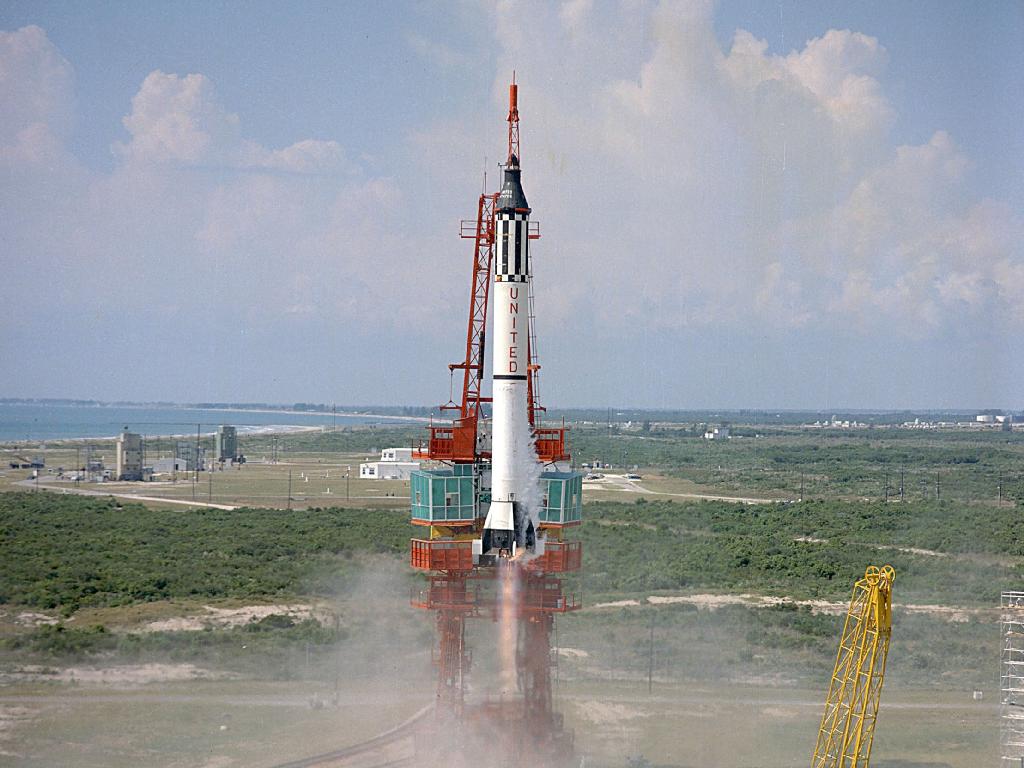
I See Freedom 7 in the Air
The Redstone booster carrying Mercury astronaut Alan B. Shepard, Jr. lifts off from Cape Canaveral at 9:34 a.m. Eastern on May 5, 1961. His 15 minute sub-orbital flight lifted him to an altitude of over 116 miles and a maximum speed of 5,134 miles per hour. Shepard had become the first American in space.
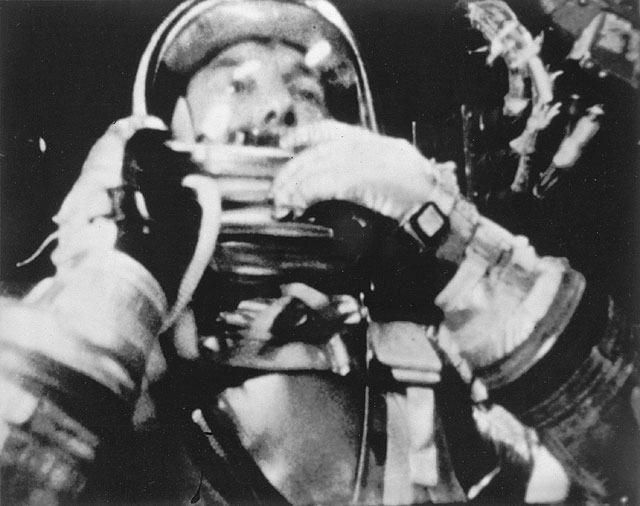
Alan Shepard: First American in Space
NASA astronaut Alan Shepard became the first American in space on May 5, 1961 aboard his Mercury spacecraft Freedom 7.

Flames of Freedom 7
In this view, the Mercury-Redstone 3 (MR-3) spacecraft carrying Alan Shepard in Freedom 7 is already headed towards its suborbital maneuver, shortly after lifting off from Cape Canaveral in Florida.

A Whole New Way of Looking at the Day
Astronaut Alan B. Shepard, Jr. had a view of Earth that no American had seen before, looking down on the home planet from his history-making suborbital flight on May 5, 1961.
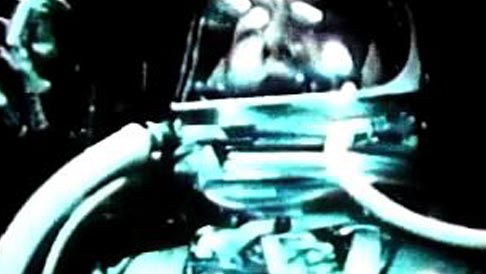
Freedom 7: Alan Shepard's Mercury Flight
Navy test pilot Alan Shepard becomes first American in Space.
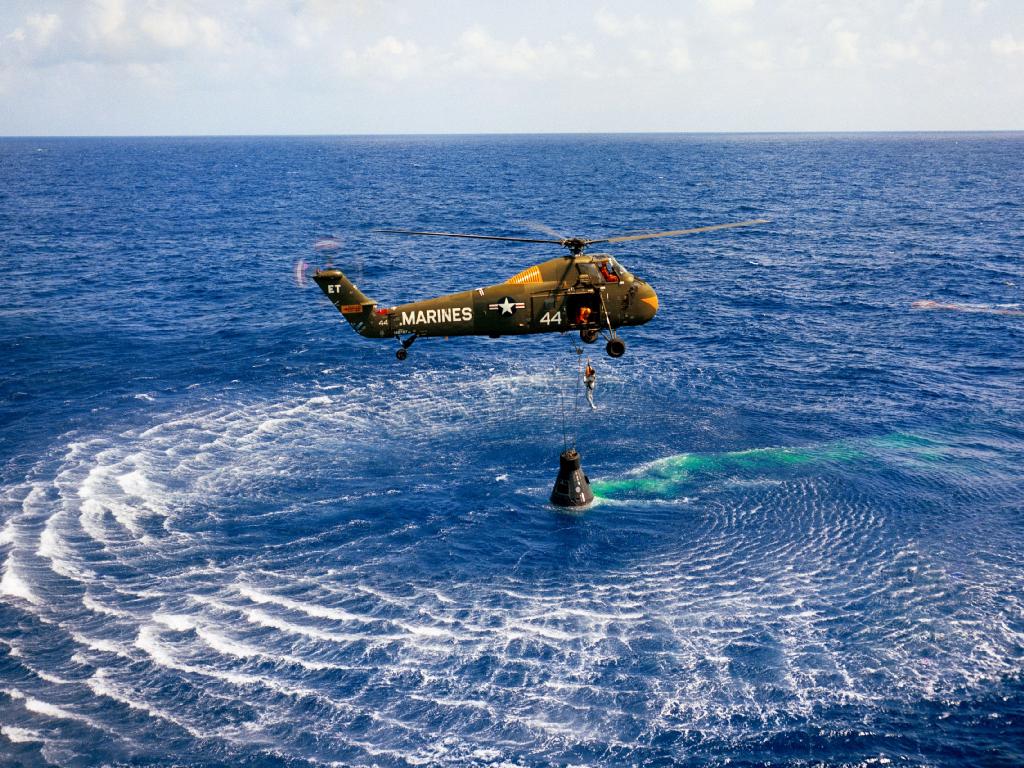
Lift Me Up
A Marine helicopter picks up Mercury astronaut Alan Shepard and his Freedom 7 capsule in the Atlantic Ocean after his first American sub-orbital flight on May 5, 1961. Engineers said the spacecraft was in such great shape it could be reused. Doctors said Shepard could be used again too.
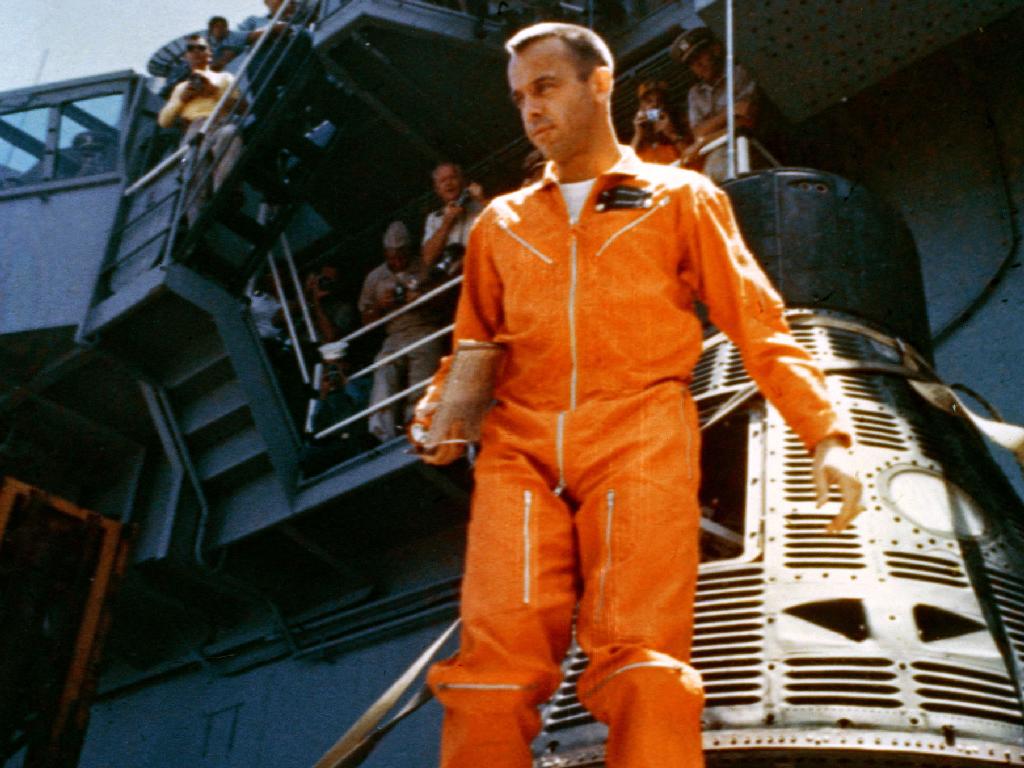
Handled It Like a Pro
Astronaut Alan B. Shepard Jr. walks away from his Freedom 7 capsule following a post-flight inspection aboard the carrier USS Champlain. Earlier Shepard had completed the historic 15-minute suborbital Mercury-Redstone 3 mission, marking America's inaugural manned trip into space.
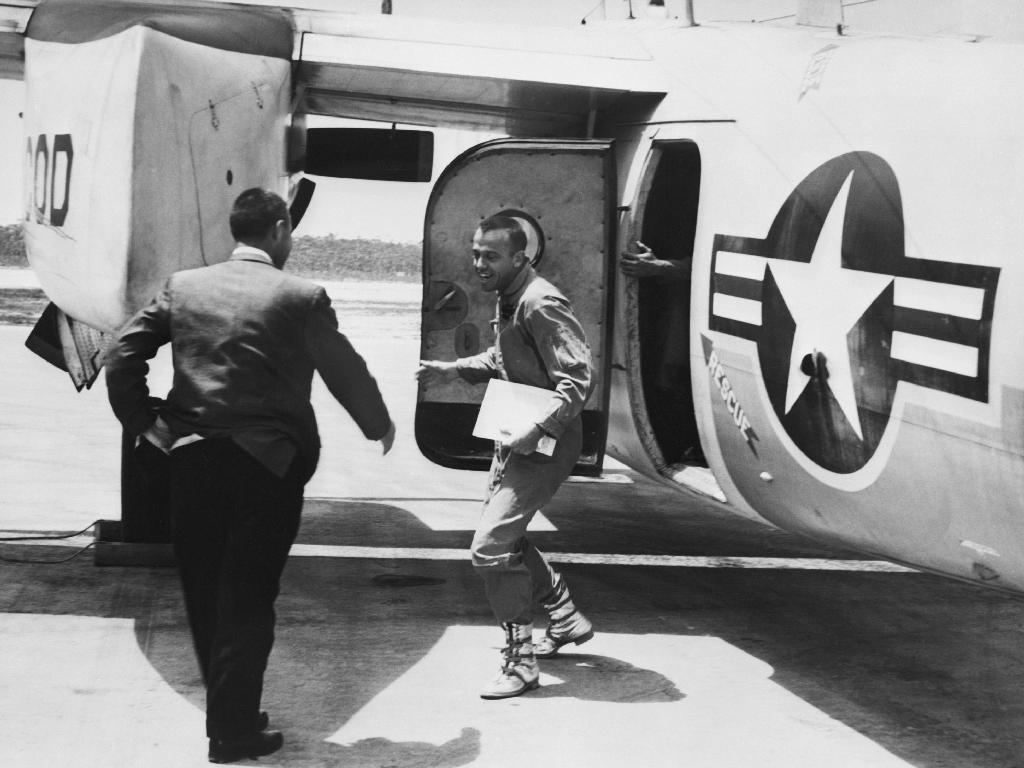
Gimme Five, Bro!
On May 5, 1961 Astronaut Alan B. Shepard Jr. arrives at Grand Bahamas Island and is greeted by astronaut Virgil I. (Gus) Grissom after the first American suborbital flight.
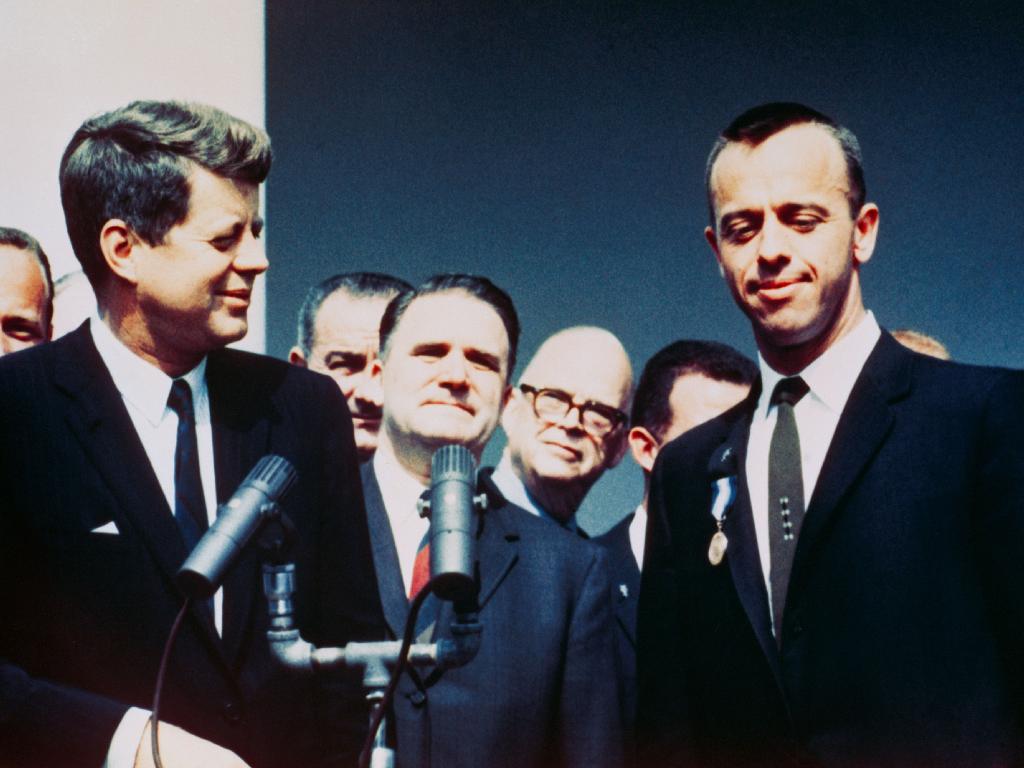
Medal Man
President John F. Kennedy presents astronaut Alan B. Shepard Jr. with NASA's Distinguished Service Medal Award in a Rose Garden ceremony on May 8, 1961, at the White House.
Get the Space.com Newsletter
Breaking space news, the latest updates on rocket launches, skywatching events and more!
Join our Space Forums to keep talking space on the latest missions, night sky and more! And if you have a news tip, correction or comment, let us know at: community@space.com.

Space.com is the premier source of space exploration, innovation and astronomy news, chronicling (and celebrating) humanity's ongoing expansion across the final frontier. Originally founded in 1999, Space.com is, and always has been, the passion of writers and editors who are space fans and also trained journalists. Our current news team consists of Editor-in-Chief Tariq Malik; Editor Hanneke Weitering, Senior Space Writer Mike Wall; Senior Writer Meghan Bartels; Senior Writer Chelsea Gohd, Senior Writer Tereza Pultarova and Staff Writer Alexander Cox, focusing on e-commerce. Senior Producer Steve Spaleta oversees our space videos, with Diana Whitcroft as our Social Media Editor.









